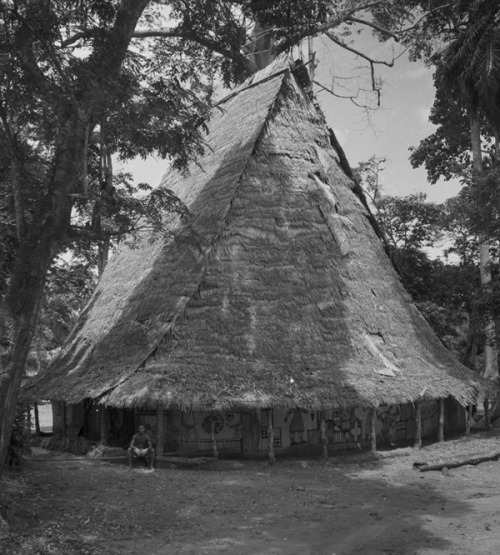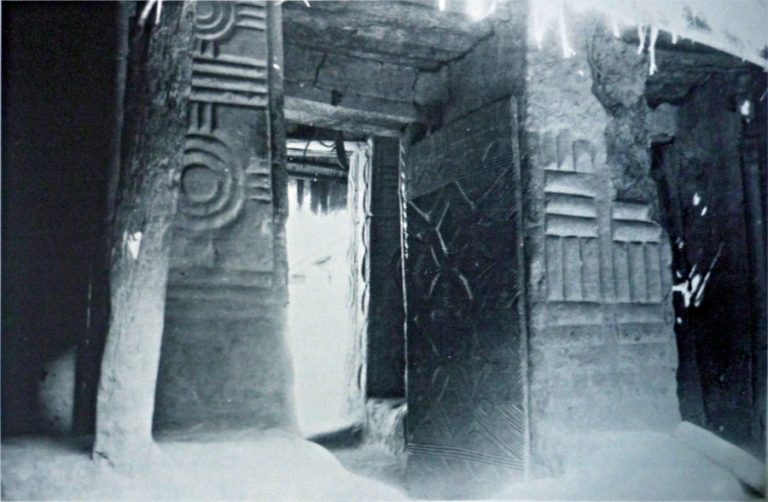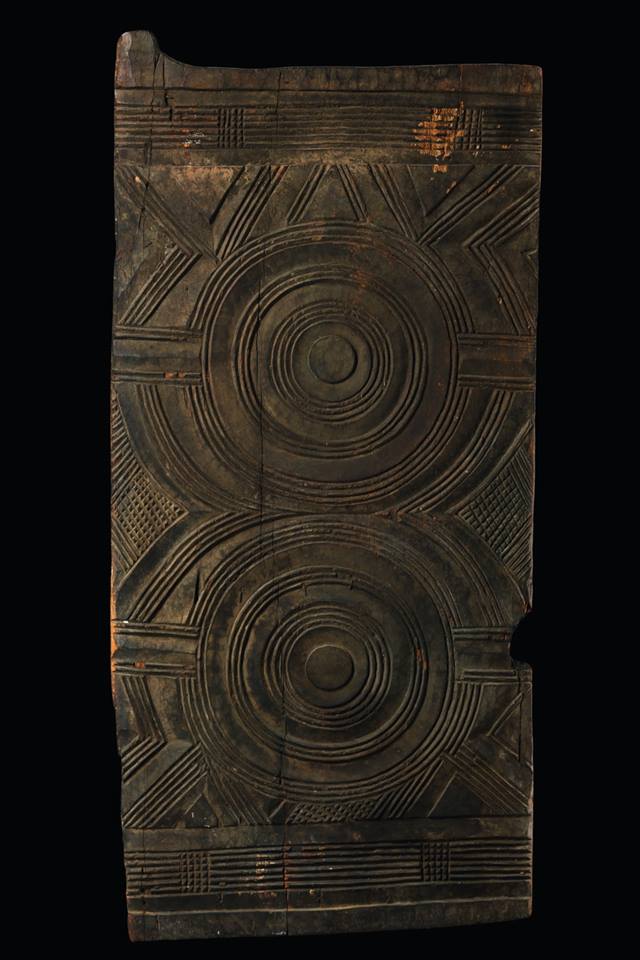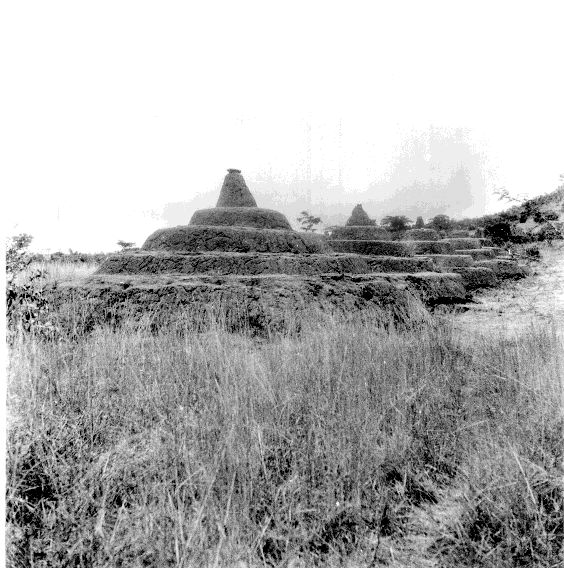
Courtesy of Jones Archive, Southern Illinois University. Shared under a Creative Commons Attribution-NonCommercial-ShareAlike 4.0 International (CC BY-NC-SA 4.0) license.
The Nsude pyramids are among Nigeria’s most fascinating historical treasures. Located in Abaja, near the villages of Ngwo and Agbaja Ọwa, these unique structures showcase the ingenuity and cultural depth of the Igbo people. Built entirely from sun-baked clay, the pyramids served as spiritual and communal landmarks, embodying the Igbo connection to the earth and their reverence for Ala, the earth goddess.
Design and Structure
The pyramids were constructed in circular, stepped layers, starting with a 60-foot-wide base that tapered to a pointed top. Each layer stood about 2–3 feet high, forming structures that could be as tall as ten steps. The pyramids were arranged in two rows of five, symbolizing unity and balance, concepts central to Igbo spirituality.
Unlike the massive stone pyramids of Egypt, the Nsude pyramids reflect the resourcefulness of the Igbo, who adapted their designs to local materials and cultural needs. The sun-baked clay used in their construction was readily available and sustainable, though it also made the structures vulnerable to erosion over time.
Cultural Significance
The Nsude pyramids were not merely decorative. They played a vital role in Igbo spiritual and communal life. These structures were dedicated to Ala, who governed morality and fertility in Igbo cosmology. The pyramids also served as shrines for rituals, ceremonies, and as markers of sacred spaces.
Small sticks placed at the peaks symbolized the presence of deities believed to reside within the pyramids. These spiritual guardians were thought to watch over the community, ensuring justice and punishing those who violated societal norms.
Historical Documentation
The Nsude pyramids first gained wider recognition through the writings of G.T. Basden in 1912 and later through the photographs of G.I. Jones in the 1930s. These black-and-white images provide invaluable documentation of the pyramids’ design and cultural importance, serving as a window into the past for modern researchers and enthusiasts.
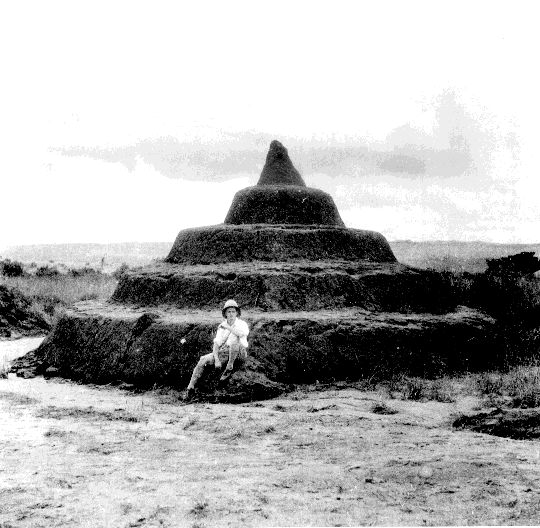
Courtesy of Jones Archive, Southern Illinois University. Shared under a Creative Commons Attribution-NonCommercial-ShareAlike 4.0 International (CC BY-NC-SA 4.0) license.
Challenges and Preservation
Today, the Nsude pyramids face significant threats from erosion, neglect, and modern development. The lack of widespread awareness about their historical and cultural value further exacerbates these challenges. However, efforts are underway to preserve this heritage. Local communities, archaeologists, and historians are collaborating to document the pyramids and advocate for restoration initiatives.
Preserving the Nsude pyramids is crucial for understanding Igbo cosmology and Nigeria’s rich cultural heritage. These structures remind us of the Igbo people’s ingenuity and their deep spiritual connection to the land.
Beyond Nsude
While the Nsude pyramids are unique to the Igbo, pyramidal structures worldwide share common themes of spirituality and community. Comparing the Nsude pyramids to other famous pyramids—such as those in Egypt or Mesoamerica—highlights the shared human impulse to build monumental structures that connect the earthly to the divine.
References
- Basden, G.T. (1912). Among the Ibos of Nigeria. See our review below
- Jones, G.I. (1962). The Art of Eastern Nigeria. See our review below
- Murray, K. (1935). The Nigerian Field, Journal of the Nigerian Field Society. Available at nigerianfield.org.
- Wikipedia contributors (2023). Nsude Pyramid Shrines. Retrieved from Wikipedia.


